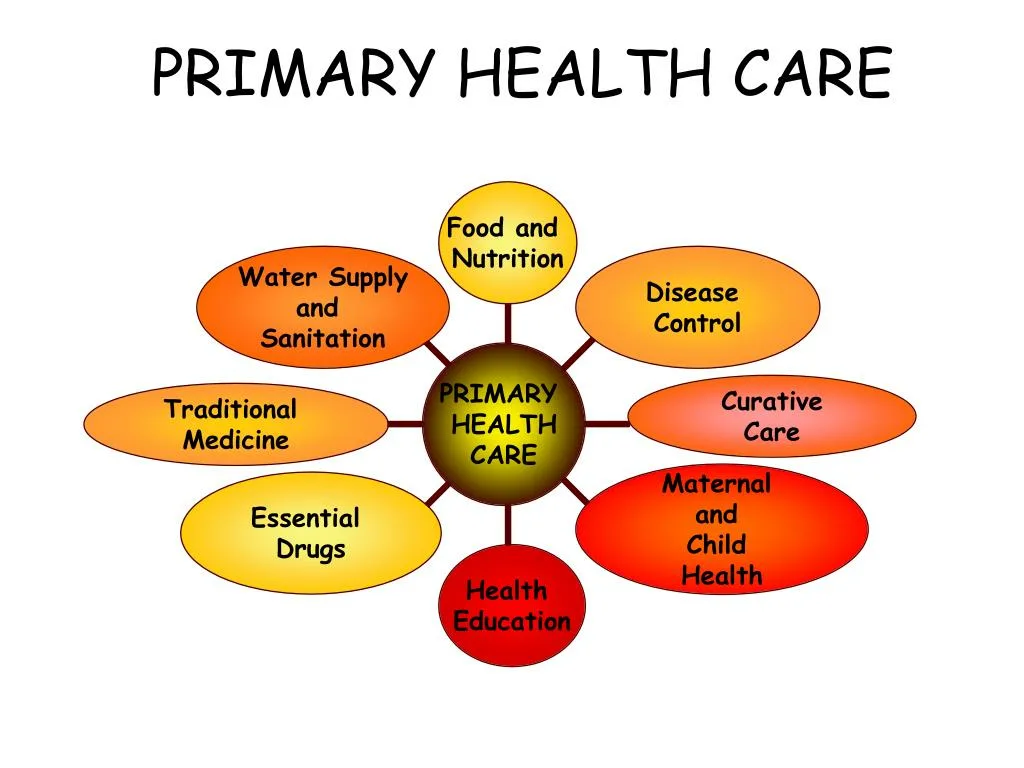At Raymond Lau Family Medicine PC, located in the heart of New York City at 384 Grand St Front #3, New York, NY 10002, we believe that investing in primary care is not only the most effective way to improve patient outcomes, but also one of the smartest strategies for reducing overall healthcare costs and boosting the economy. When individuals prioritize their relationship with a primary care provider (PCP), the benefits extend far beyond the exam room—they ripple across communities, businesses, and entire health systems.
In this comprehensive guide, we’ll explore how primary care delivers high value for both patients and the economy, why it deserves increased investment, and how you can take full advantage of your primary care benefits.
The Role of Primary Care in a Strong Healthcare System
Primary care is the foundation of a high-functioning healthcare system. It’s often the first point of contact for patients and provides continuous, comprehensive care over time. Unlike specialists who treat specific conditions, primary care providers manage the whole person—their physical, mental, and social health.
Key Functions of Primary Care:
-
Prevention and early detection of diseases
-
Chronic disease management (e.g., diabetes, hypertension)
-
Behavioral and mental health support
-
Coordination of specialist care
-
Health education and risk reduction
By focusing on continuity, prevention, and coordination, primary care reduces the need for more costly interventions like emergency room visits and hospitalizations.
How Primary Care Benefits Patients
Better Health Outcomes
Studies show that individuals who have regular contact with a PCP are more likely to:
-
Receive timely diagnoses
-
Complete recommended screenings and immunizations
-
Manage chronic conditions more effectively
-
Live longer and healthier lives
Lower Out-of-Pocket Costs
By catching health issues early and avoiding preventable complications, primary care helps reduce patient expenses over time. Services like annual wellness visits, screenings, and vaccinations are typically covered by insurance at no cost.
Less Fragmented Care
When you have a PCP who knows your medical history, your care becomes more personalized and efficient. They can coordinate with specialists and ensure you don’t undergo unnecessary or duplicate tests.
Mental and Emotional Support
Primary care isn’t just for physical ailments. PCPs routinely screen for mental health conditions like depression, anxiety, and substance use, providing initial treatment or referring you to the appropriate care.
How Primary Care Strengthens the Economy
Reduces National Healthcare Expenditure
Countries that invest heavily in primary care spend less per capita on healthcare while achieving better population health. This is due to:
-
Fewer emergency room visits
-
Reduced hospital admissions
-
More efficient use of resources
For example, studies have found that every $1 invested in primary care returns $13 in savings by avoiding costly downstream care.
Boosts Workplace Productivity
Employees who maintain regular contact with their PCP:
-
Miss fewer workdays
-
Have lower absenteeism
-
Experience improved mental focus
Healthier workers mean higher productivity, reduced insurance premiums, and fewer disability claims.
Supports Health Equity
Primary care addresses health disparities by providing access to marginalized and low-income populations. When more people are healthy and able to work, the entire economy benefits.
The Cost of Under-Investing in Primary Care
Despite its importance, the United States invests just 5%-7% of total healthcare spending in primary care, far less than other developed nations. This underinvestment leads to:
-
Overcrowded emergency rooms
-
Poor management of chronic disease
-
Increased healthcare costs
-
Higher rates of preventable deaths
At Raymond Lau Family Medicine PC, we’re working to reverse that trend, offering accessible, affordable, and proactive care that puts patients first.
Investing in Primary Care: What It Looks Like for You
Establishing a Relationship With a PCP
Whether you’re managing a chronic illness or simply want to stay healthy, your PCP is your partner in long-term health.
📍 Visit us at: 384 Grand St Front #3, New York, NY 10002
📞 Call now: 646-885-1399
🌐 Schedule online: raymondlaufmpc.com
Using Insurance Benefits Wisely
Most health plans cover the following at no cost:
-
Annual physicals
-
Vaccinations
-
Screenings (cholesterol, cancer, diabetes, etc.)
-
Counseling on diet, exercise, and smoking cessation
Staying Consistent
Consistency is key. Avoid the cycle of treating symptoms without addressing root causes. Regular visits to your PCP ensure issues are caught early and managed effectively.
Why Businesses Should Support Primary Care
Forward-thinking employers are now investing in on-site clinics, PCP incentives, and wellness programs because they realize the returns:
-
Lower group insurance costs
-
Fewer sick days and improved morale
-
Better employee retention
Primary care isn’t just good for patients—it’s smart business.
Raymond Lau Family Medicine PC: Your Partner in Primary Care
We offer comprehensive care to individuals and families across New York City with a focus on prevention, early detection, and long-term wellness.
Our services include:
-
Annual exams
-
Diabetes and hypertension management
-
Mental health support
-
Vaccinations
-
Care coordination with specialists
-
Telehealth and in-person appointments
We serve a diverse patient base and speak multiple languages, ensuring every patient feels welcome and understood.
FAQs: Investing in Primary Care
What makes primary care more cost-effective than specialist care?
Primary care focuses on prevention and early intervention, avoiding expensive hospital visits and unnecessary procedures.
How does primary care improve population health?
It addresses common risk factors, encourages healthy behaviors, and manages chronic disease, leading to lower mortality and morbidity rates.
Can I use primary care for mental health issues?
Yes. Primary care is often the first place people receive mental health screenings, counseling, and referrals for specialized care.
How often should I see my PCP?
At least once a year for a check-up. If you have a chronic condition, your visits may be more frequent.
Does insurance cover primary care?
Yes, most preventive services through primary care are covered at 100% under standard insurance policies.
How can I get started with primary care at your clinic?
Call 646-885-1399 or visit raymondlaufmpc.com to schedule your appointment.
Conclusion:
An investment in primary care is an investment in health, savings, and societal prosperity. Whether you’re a patient, an employer, or a policymaker, choosing to prioritize primary care is a decision that benefits everyone.







